Because the lower the number, the larger the aperture. (Just about everything in photography are fractions...and F-Stop number, correct me if I'm wrong, is focal length over the diameter of the aperture, so larger the number, the smaller the aperture.)
...and as far as the aperture/zone of focus thing, that's complicated physics. But think about it, if you have a pin hole camera, and for simplicity sake, you have a candle, a blank wall, and a sheet of card board with a hole in between. The smaller the hole on the cardboard, the sharper the light spot is on the wall.
Do keep in mind that you don't just have a single plane of focus, look on your lens, most of them should tell you what your zone of focus at any given aperture, and keep in mind that your focal point is 2 fifth from the closer point. So you don't have to focus on what you're pointing at, move the focal plane further back to get all of the Humvee in focus.

Oh, and I suggest that you stick with the larger apertures (smaller F-numbers). Smaller apertures means longer shutter speeds, so you better have steady hands....and, in my opinion, too much focus (especially at longer focal lengths) makes the image look "flat" - not "3D" (...not talking about contrast here).
Take it slowly, experiment with it, and eventually develop your technique, and just keep in mind, if it looks good in the view finder, its gonna look good in print. (Given correct exposure settings...)
And as for shutter speeds, it varies from person to person, but the general rule that I have always been taught is that if the camera is hand held, the shutter speed should not be longer than 1 over your focal length. So if you have a 50mm lens, the shutter speed shouldn't be longer than 1/50 sec (or 1/60 sec, as there isn't a 1/50 sec with the vast majority of cameras.). I have fairly steady hands, so I can usually go down to 1/30 sec with a 50mm without motion blur.
As for exposure, (aperture/shutter speed combo) use the light meter...I prefer spot metering and adjusting manually, but its up to you. Also, develop a habit of "bracketing" (take your shot, stop down one and take another, and then open up 2 and take another...so you end up with 3 shots, each a stop apart from the next). Its a digital camera and the shots are free, so there shouldn't be an argument with this...
...and when in doubt, over expose. Its better to burn an image than to dodge it. Its actually more difficult on the digital, most of the cameras get real bitchy when you try to do that (while keeping it at a low ISO), and shaft you with a incredibly long shutter time; but when I shoot film, I always over expose.by one F-stop.
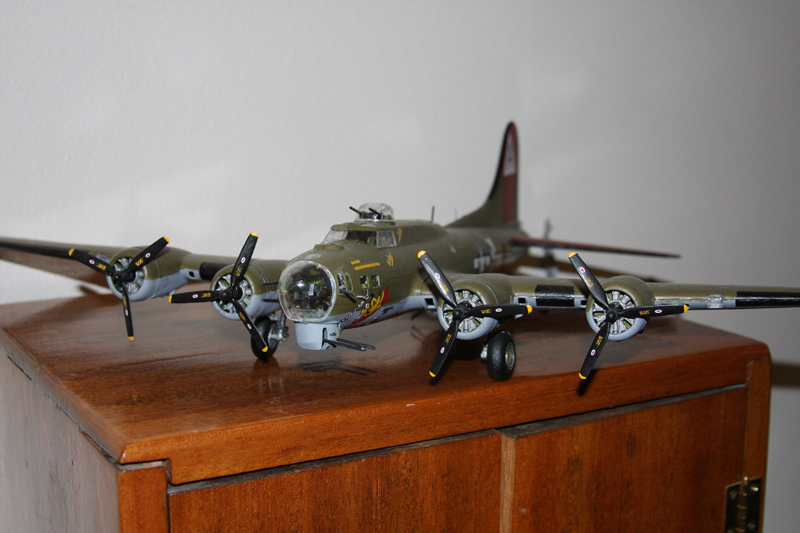
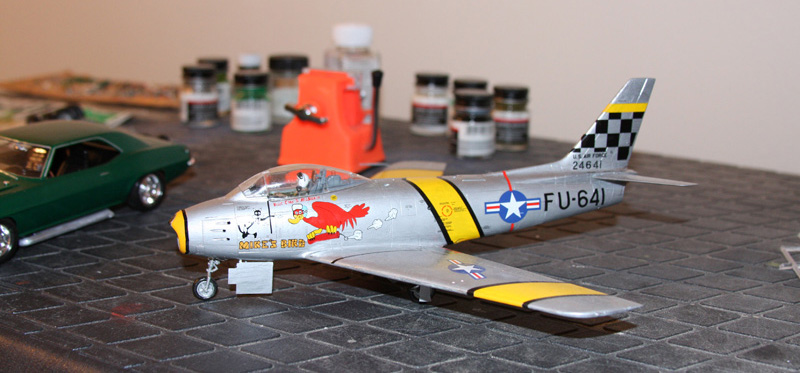
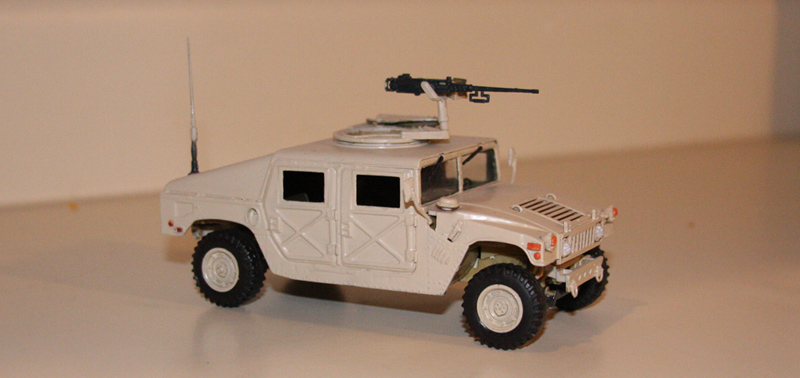
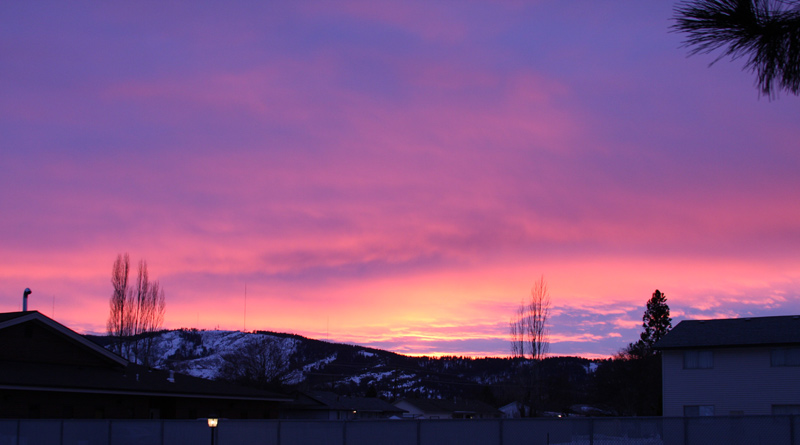
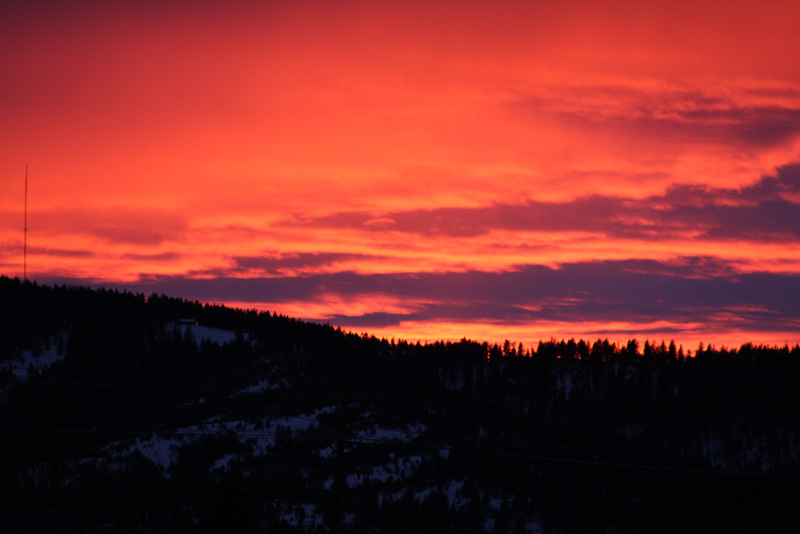












 .
.


